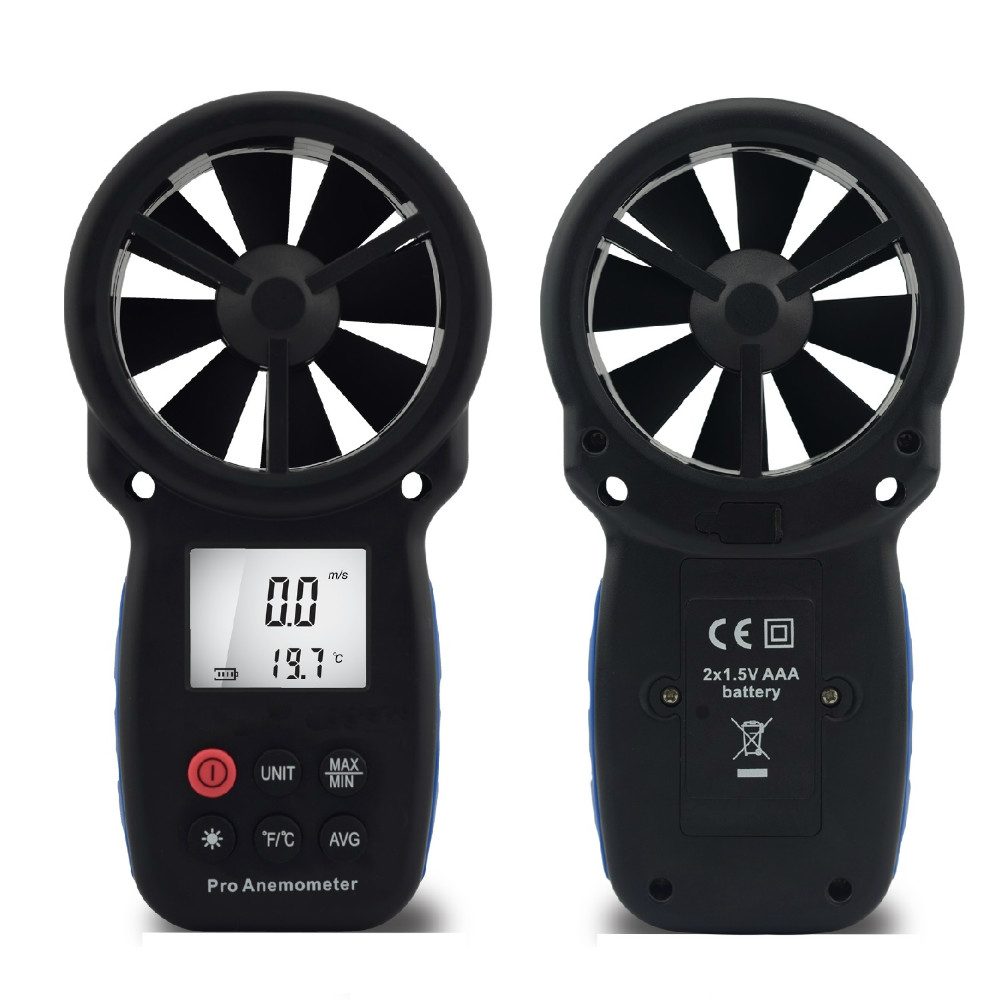Expert Tips for Adjusting Your Anemometer for Optimal Performance
Expert Tips for Adjusting Your Anemometer for Optimal Performance
Blog Article
Anemometers Revealed: Understanding Their Significance in Ecological Surveillance and Safety And Security Actions
The function of anemometers in ecological surveillance and safety and security steps is commonly taken too lightly, yet their significance is undeniable. From meteorology to aeronautics security, anemometers play a vital duty in supplying exact data that informs decision-making processes and enhances total safety and security.
History of Anemometers
The development of anemometers can be traced back to the old civilizations where rudimentary wind measuring tools were initial made use of. These very early wind measurement tools laid the structure for the growth of much more innovative anemometers in time. Among the earliest well-known anemometers was the hemispherical mug anemometer created by Leon Battista Alberti in the 15th century. This design contained 4 hemispherical cups that gathered wind energy, offering a measurement of its intensity based upon the rate of turning.
Over the years, innovations in modern technology led to the advancement of even more modern anemometers, consisting of ultrasonic anemometers and laser Doppler anemometers, offering raised accuracy and performance in gauging wind rate and direction. The background of anemometers showcases an exceptional journey of technology and progress in the field of weather forecasting.
Kinds of Anemometers
Throughout the area of meteorology, different types of anemometers have actually been created to accurately determine wind rate and direction. Sonic anemometers make use of ultrasonic signals to gauge wind speed and instructions properly. Hot-wire anemometers run based on the principle that the cooling result of wind on a heated wire is proportional to the wind rate.
Applications in Weather Forecasting
Having discussed the various types of anemometers utilized in weather forecasting for measuring wind rate and direction, it is vital to discover their practical applications in the area. Anemometers play a critical duty in weather forecasting by providing exact and real-time data on wind problems (anemometer). Meteorologists utilize anemometers to keep an eye on wind speed and direction to forecast weather condition patterns, problem warnings for severe weather occasions like storms, tornados, and tornadoes, and analyze atmospheric conditions for aviation safety and security
In weather forecasting, anemometers help in recognizing local and local wind patterns, which are vital for forecasting climate adjustments and determining weather fads. These gadgets are additionally used in research to study microclimates, urban heat islands, and air contamination diffusion. In addition, anemometers are utilized in farming to optimize plant monitoring techniques, such as watering and chemical application, based on wind problems.
Importance in Aeronautics Safety And Security
An important element of ensuring aviation safety hinges on the thorough monitoring of wind problems using anemometers. Anemometers play an important function in aviation by giving real-time data on wind rate and instructions, assisting pilots in making notified decisions throughout liftoff, flight, and touchdown. Strong and unforeseeable winds can substantially affect airplane procedures, making it vital for aviation authorities to depend on precise wind dimensions to make certain the safety of guests and team.

In the vibrant setting of air travel, where even small modifications in wind rate and direction can why not try these out have profound results, anemometers stand as essential tools for advertising secure and secure flight.
Function in Environmental Study
Anemometers play a crucial function in ecological research by supplying crucial information on wind speed and instructions. By accurately gauging wind attributes, anemometers assist scientists analyze the motion of contaminants in the air, analyze the effect of commercial exhausts, and predict the spread of pollutants in the setting.


Conclusion
In verdict, anemometers have actually played a vital role in ecological surveillance and precaution. With a rich history and numerous types available, these devices have been widely used in meteorology, air travel security, and environmental research. Recognizing the relevance of anemometers is necessary for accurately determining wind rate and instructions, which is crucial for predicting weather patterns, making certain risk-free air travel procedures, and performing environmental studies - anemometer. Their payments to these fields can not be undervalued.
One of the earliest well-known anemometers was the hemispherical mug anemometer created by Leon Battista Alberti in the 15th Source century. Over the years, developments in innovation led to the growth of even more contemporary anemometers, consisting of ultrasonic anemometers and laser Doppler anemometers, using boosted precision and performance in measuring wind speed and direction. Hot-wire anemometers operate based on the principle that the cooling effect of wind on a heated cord is symmetrical to the wind speed. Meteorologists make use index of anemometers to monitor wind rate and instructions to anticipate weather condition patterns, problem cautions for serious weather condition events like hurricanes, tornados, and typhoons, and assess atmospheric problems for air travel security.
Comprehending the relevance of anemometers is essential for precisely measuring wind rate and direction, which is essential for forecasting weather condition patterns, making sure secure air travel operations, and conducting environmental researches. (anemometer)
Report this page